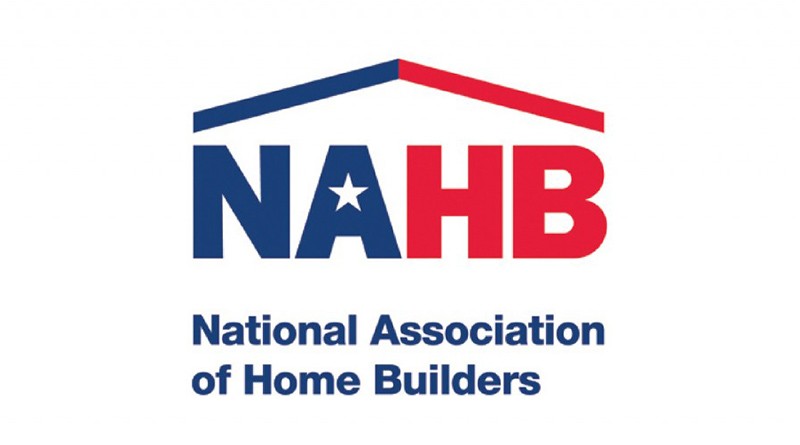How Interim Steps are Necessary to Meet Major Policy Goals
Many policymakers have good intentions. Despite their lofty aims and skill in the art of passing legislation or new rules, most would benefit strongly from talking to the people who do the affected work, day in, day out, sun-up to sundown. For example, many climate initiatives to date have been a standard response to simply tighten up regulations with little consideration of the steps that must be completed before reaching the aspired goal. As more and more governments look toward tweaking their building codes and other rules in the name of climate change, we in the industry—home builders, remodelers and associates—have a lot to offer about the real-world impacts of these policies.
Many in our industry are deeply interested in these issues, especially as resiliency has come so much to the forefront in response to disasters and a changing world. Many of our members work to strengthen and harden both new and existing homes. Through added resiliency and efficiency measures, many of us protect American families from wind, flood/water, fire, earth-related hazards and temperature extremes.
However, NAHB members like myself have seen policymakers pushing climate initiatives in a very top-down way recently. One of the most common approaches to improve energy efficiency is to simply require higher insulation levels in walls, floors, and ceilings. Unfortunately, we are long past the point where this will be effective, resulting in a home that simply costs more to build. Further, this practice results in even more carbon being emitted into the atmosphere during the manufacture and installation of this added but useless insulation, making the whole climate question even more difficult to address in the future.
Another example is the state of New York’s ban on the use of natural gas in new home construction.1 This policy, “put New York on pace to begin prohibiting gas use in new buildings by 2026, with the policy expanding to all construction by 2029.”2 While such a policy cannot be enacted overnight, there is little mention of the intermediate steps that must be taken along the way or how those needs were considered in the development and adoption of the policy. How will progress toward them be measured and what will happen if they are not met? What about infrastructure needs? Is there existing grid capacity for the expected increase in electrification or does more need to be created and how and when will that occur? What will the population of New York be in a decade and what does the market want?
Chuck Ellison, Chair, NAHB Climate Risk & Sustainability Committee, Vienna, VA.


